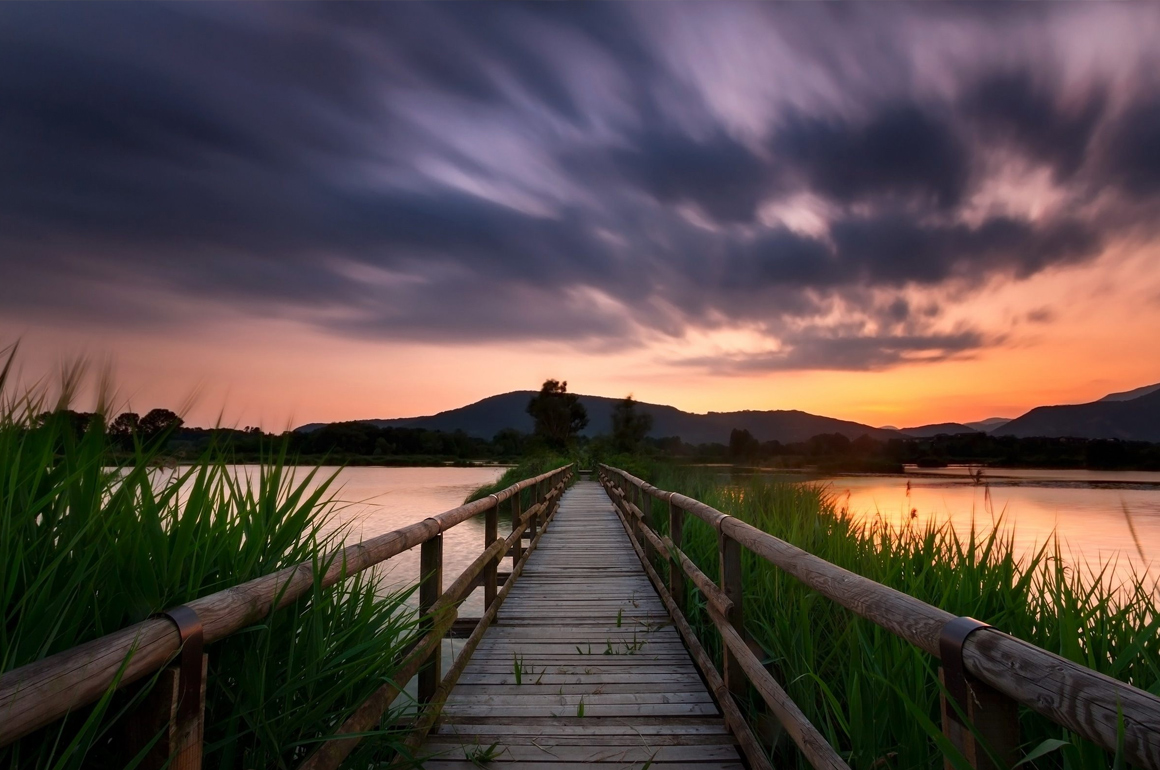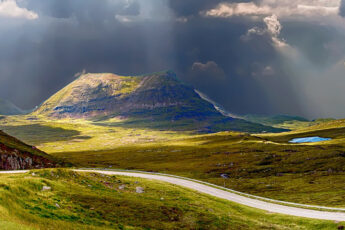
The Good
It is true that in terms of setting, you either have a good one or you don’t. Nature around the world is simply stunning and if you’re in the right location you can hardly go wrong. Knowing how to work with your camera’s settings (aperture, shutter speed, ISO, etc.) will, of course, help, but even with SLR and point-and-shoot cameras amateur photographers can achieve professional grade photos, able to compete with those in photography contests.
If you’re trying to capture a certain natural occurring phenomenon it helps to research the optimal season and weather conditions for producing the best shots. If the location’s popular, getting there either earlier or later than the crowds will also help you produce images of unspoiled beauty. If you get really lucky, you could even get to capture some wildlife or atmospheric optical phenomena like sun dogs or a haze, that could result in interesting shots.
The Bad
Along with the fun aspects of shooting in nature, there are some known hazards that both pro and casual photogs should be aware of. Safaris are great opportunities to enhance your portfolio but they’re not as innocuous as they may seem. Wild animals do get aggressive once in a while being photographed in their natural habitats and the risk of an attack is present at all times. Heed rangers’ warnings and do not peak out of your vehicle or roll down your windows just to get that close up of a rhino’s horn or a lion’s jaw. No use getting that perfect shot if it would be your last!
Preparedness is key to avoiding perilous situations in nature. Sunscreen, bug spray, weather- and water-proof shoes and outerwear, sufficient food and water supplies and batteries, are all examples of the type of foresight that outdoorsmen should exercise, whether they’re armed with a camera or just a walking stick.
And the Plain Ugly
What could go possibly go wrong when waiting to execute the perfect nature shot? Well, anything really, from heavy rain or thunderstorms to tornadoes and blizzards on the more extreme end. Nature photography often requires the chasing of a specific phenomenon: be it the aurora borealis (Northern Lights), a lightning or another magnificent sight. In a well-known case of a professional zeal gone perhaps too far, severe storm researcher Tim Samara, his filmmaker son and their associate all died in the U.S. State of Oklahoma while chasing a coveted tornado by the name of El Reno.
There have also been cases of photographers (both amateur and professional) getting swept up by massive waves like those at Giant’s Causeway in Ireland or fatally slipping on rocks while attempting to take selfies.
Nature is beautiful; it was our original natural habitat and wanting to capture its unique mysteries is part of being human. Thanks to photographers who risk their comfort and sometimes even their own physical safety, we can admire impressive landscape and animal life photography like those we are used to seeing in National Geographic and other photography magazines, from the comfort of our warm couches at home. But let us stay mindful of the innate perils of going into nature unprepared; its force is greater than anything we can invent and we are better off not putting it through a test.
Show Off Your Skills
Do you have some great nature shots that you would like others to appreciate and vote on? You’ll soon be able to upload them on Photagon and take part in our online photo competitions. We’ll be live soon, watch this space for more updates.





